Samsung’s brand new Galaxy S7 boasts a bunch of new camera tweaks.
Although it has a 12-megapixel sensor — less than the S6’s 16 megapixels — those pixels are physically larger to allow it to capture more light. It has a wider f/1.2 aperture too to let more light in — both of which are designed to make it a formidable low-light shooter.
I’ve put the new Galaxy S7 against its older sibling, the Galaxy S6, and its great rival, Apple’s iPhone 6S Plus. All shots are taken in fully automatic mode and at the full available resolution. (Note that the Galaxy S7 Edge has an identical camera to its smaller stablemate, so these examples just as well apply to the larger phone too.)
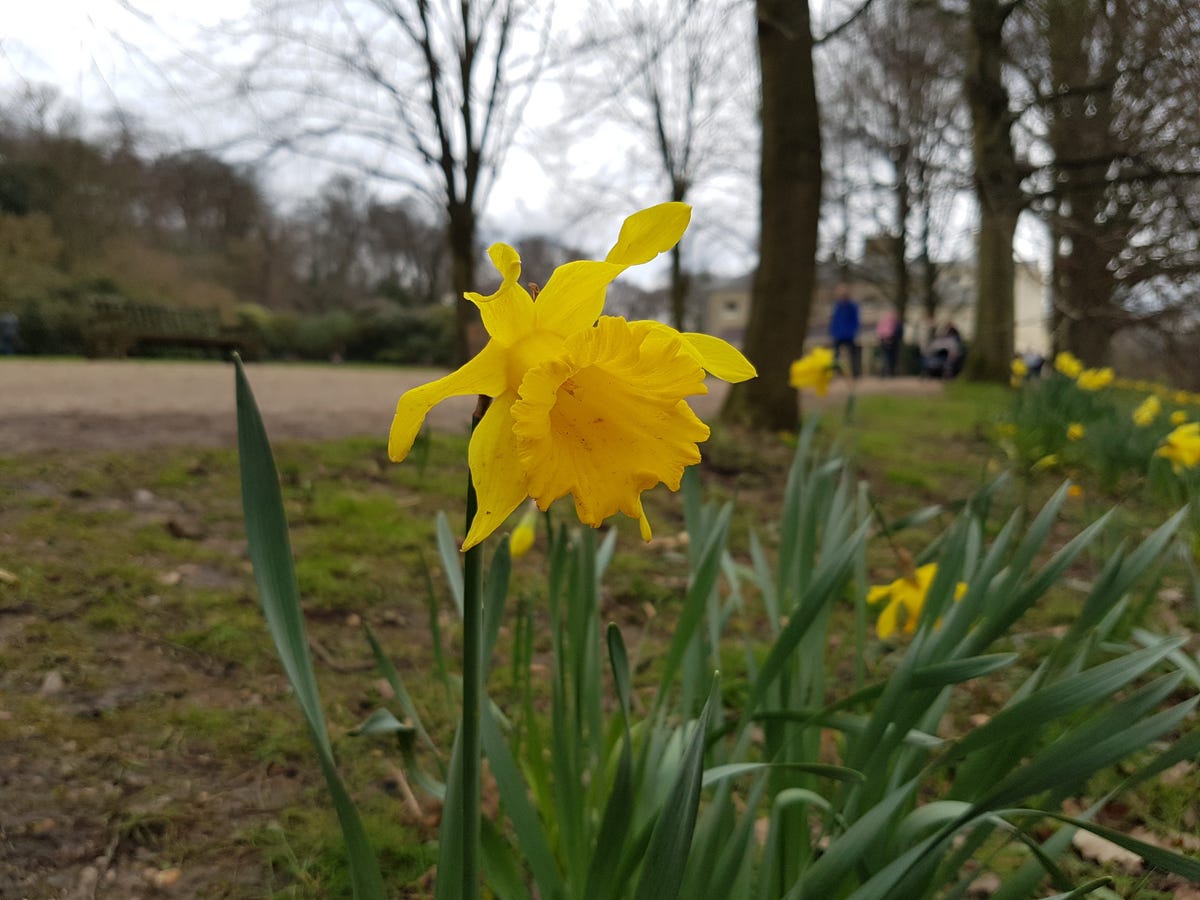
 Enlarge Image
Enlarge ImageSamsung Galaxy S7 camera test (click image to see full size)
Andrew Hoyle/CNET

 Enlarge Image
Enlarge ImageiPhone 6S Plus camera comparison (click image to see full size)
Andrew Hoyle/CNET
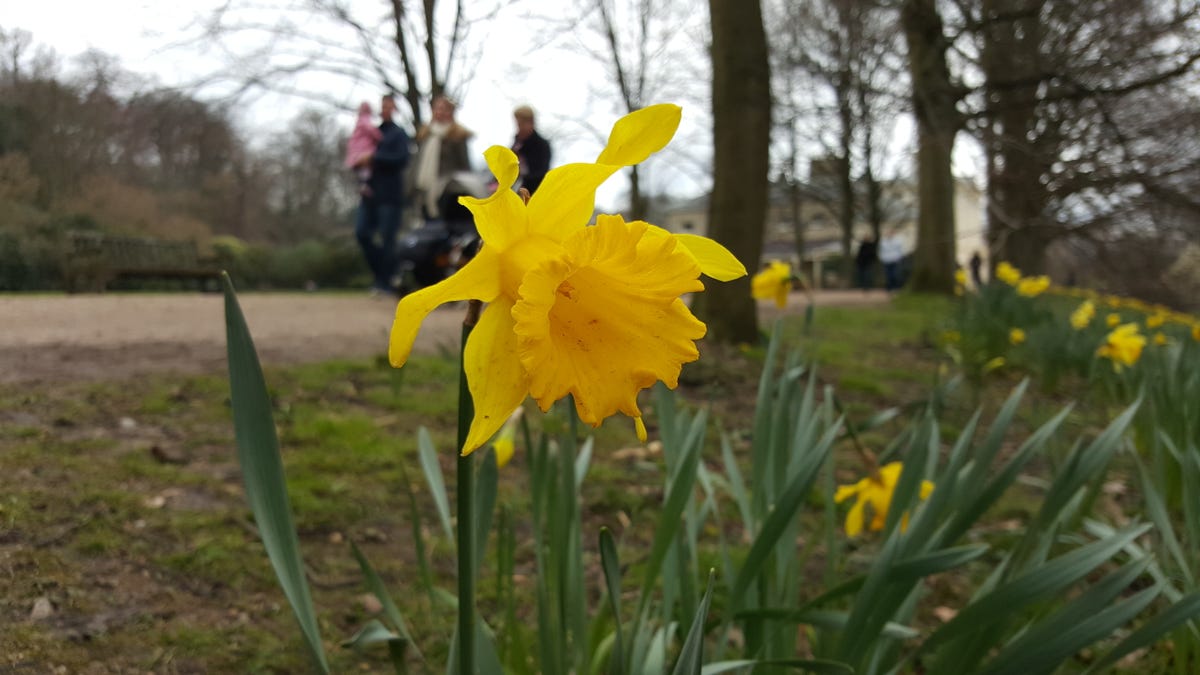
 Enlarge Image
Enlarge ImageSamsung Galaxy S6 camera comparison (click image to see full size)
Andrew Hoyle/CNET
First up, this lovely daffodil, captured well by all three phones. The S7’s HDR mode kicked in automatically on this shot, brightening up the darker background and the green leaves. The iPhone’s shot is darker and with higher contrast overall. For a spring scene, I prefer the S7’s brighter attempt. There’s little difference between the S6 and the S7 — despite the S7’s lower resolution, there’s no noticeable difference in clarity.
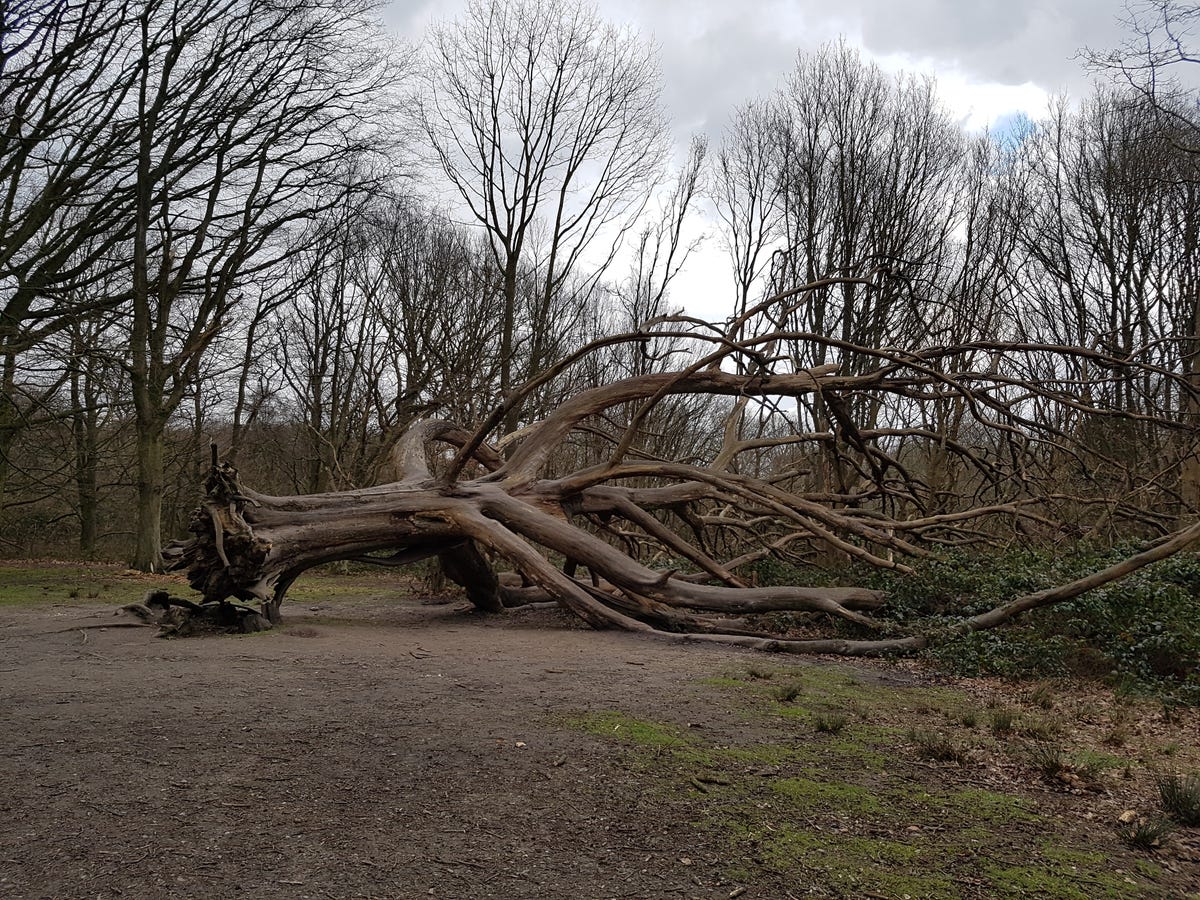
 Enlarge Image
Enlarge ImageSamsung Galaxy S7 camera test (click image to see full size)
Andrew Hoyle/CNET
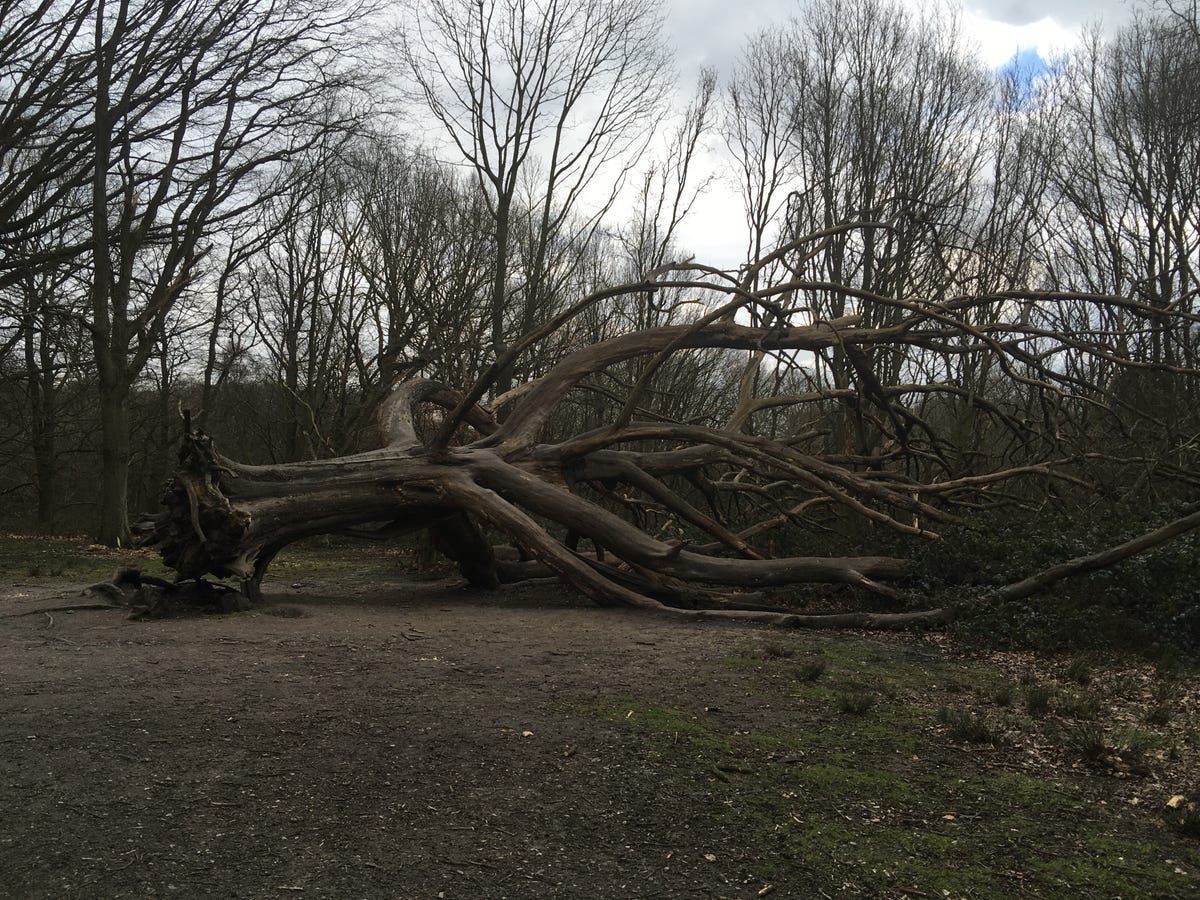
 Enlarge Image
Enlarge ImageiPhone 6S Plus camera comparison (click image to see full size)
Andrew Hoyle/CNET
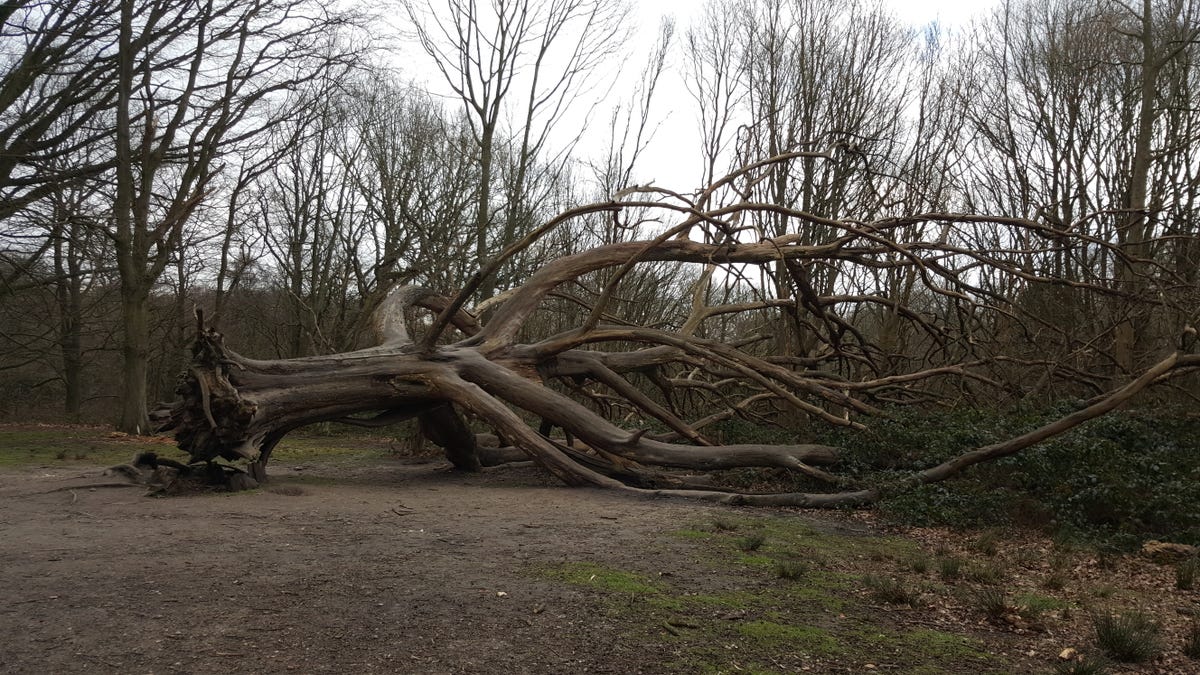
 Enlarge Image
Enlarge ImageSamsung Galaxy S6 camera comparison (click image to see full size)
Andrew Hoyle/CNET
The phones achieved similar results here, with the iPhone’s shot being the darkest of the bunch. This sort of scene can easily fool a phone’s camera, with the automatic settings choosing to expose for the bright sky behind the trees, and plunging the rest of the scene into darkness. This seems to be what’s happened with the iPhone’s shot.

 Enlarge Image
Enlarge ImageSamsung Galaxy S7 camera test (click image to see full size)
Andrew Hoyle/CNET

 Enlarge Image
Enlarge ImageiPhone 6S Plus camera comparison (click image to see full size)
Andrew Hoyle/CNET

 Enlarge Image
Enlarge ImageSamsung Galaxy S6 camera comparison (click image to see full size)
Andrew Hoyle/CNET
The grass in front of Hampstead Heath’s Kenwood House is much darker on the S7 and S6, but the iPhone has managed to keep a more balanced exposure — quite the opposite of what we saw in the previous two tests.
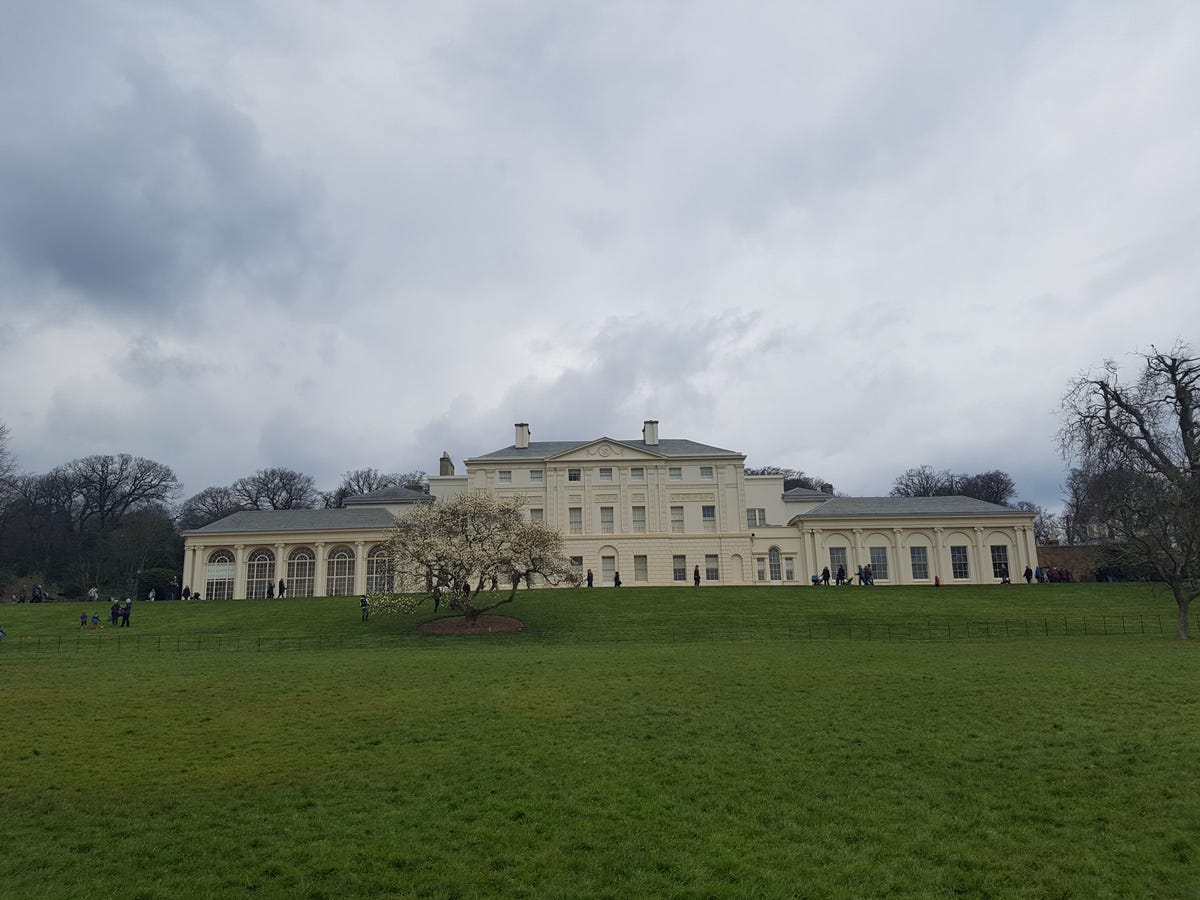
 Enlarge Image
Enlarge ImageSamsung Galaxy S7 camera test, with HDR (click image to see full size)
Andrew Hoyle/CNET
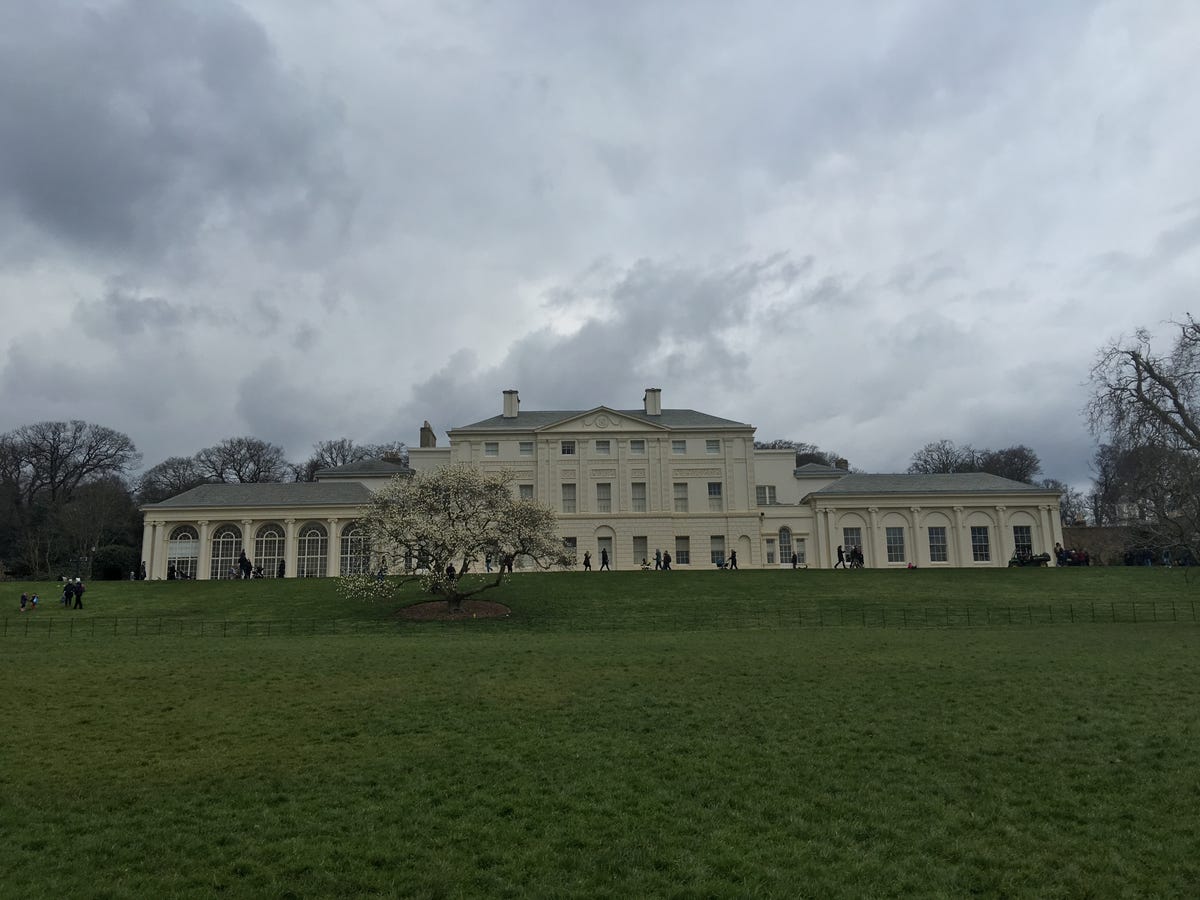
 Enlarge Image
Enlarge ImageiPhone 6S Plus camera comparison, with HDR (click image to see full size)
Andrew Hoyle/CNET
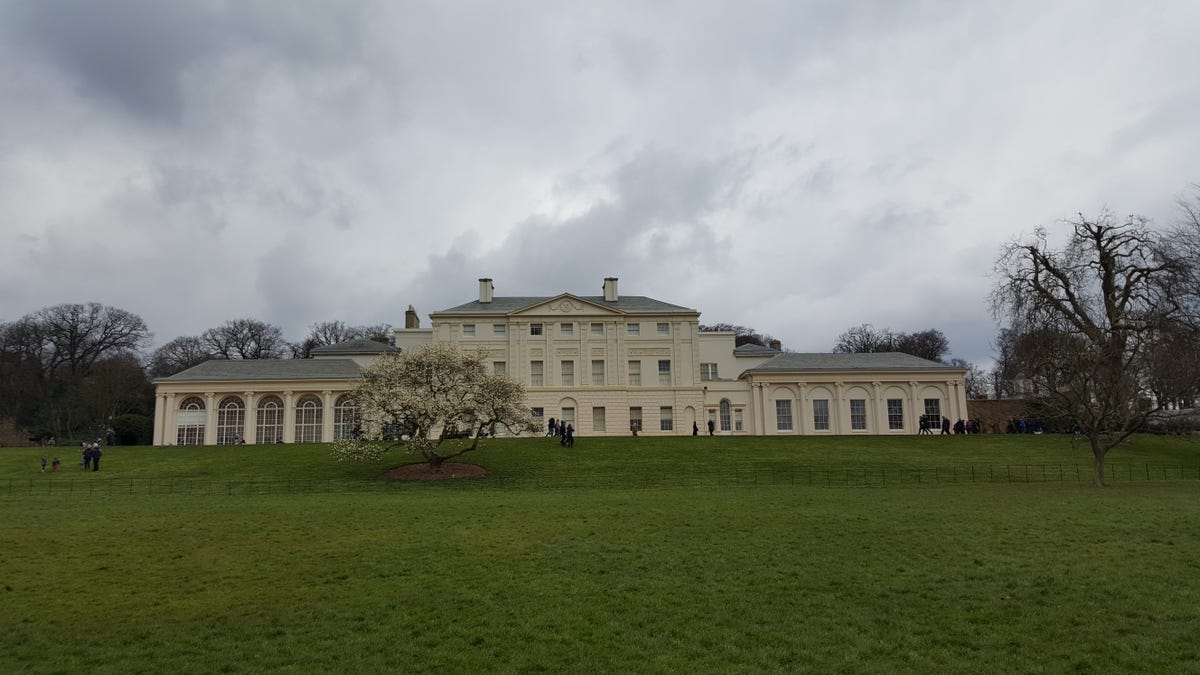
 Enlarge Image
Enlarge ImageSamsung Galaxy S6 camera comparison (click image to see full size)
Andrew Hoyle/CNET
With high dynamic range (HDR) mode enabled on all three phones, results were better. The S7’s shot was brighter, with an attractive exposure balance between the sky and the ground. The iPhone’s HDR mode worked well too, although its shot lacks contrast when compared to the other two. You can boost this in editing of course, but straight out of the camera, I prefer the S7’s attempt.
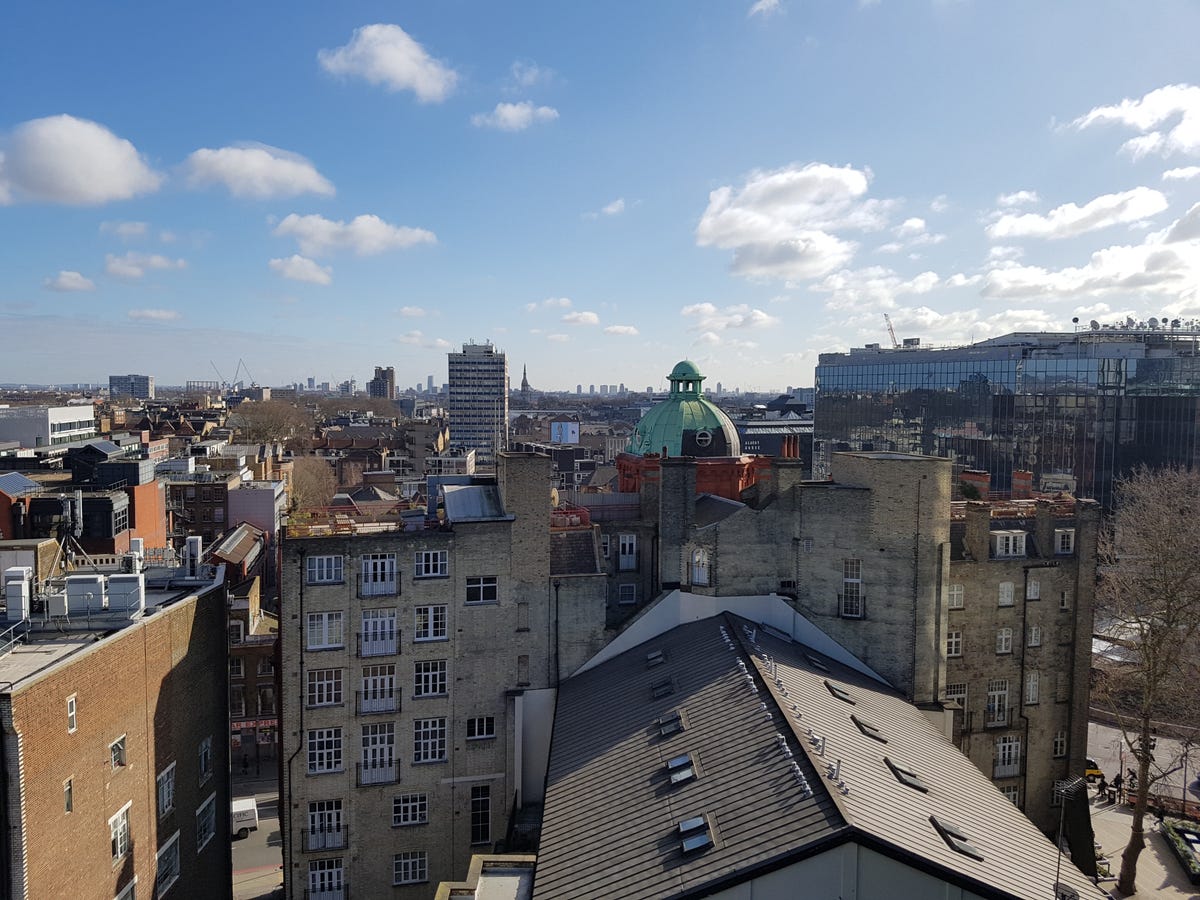
 Enlarge Image
Enlarge ImageSamsung Galaxy S7 camera test (click image to see full size)
Andrew Hoyle/CNET
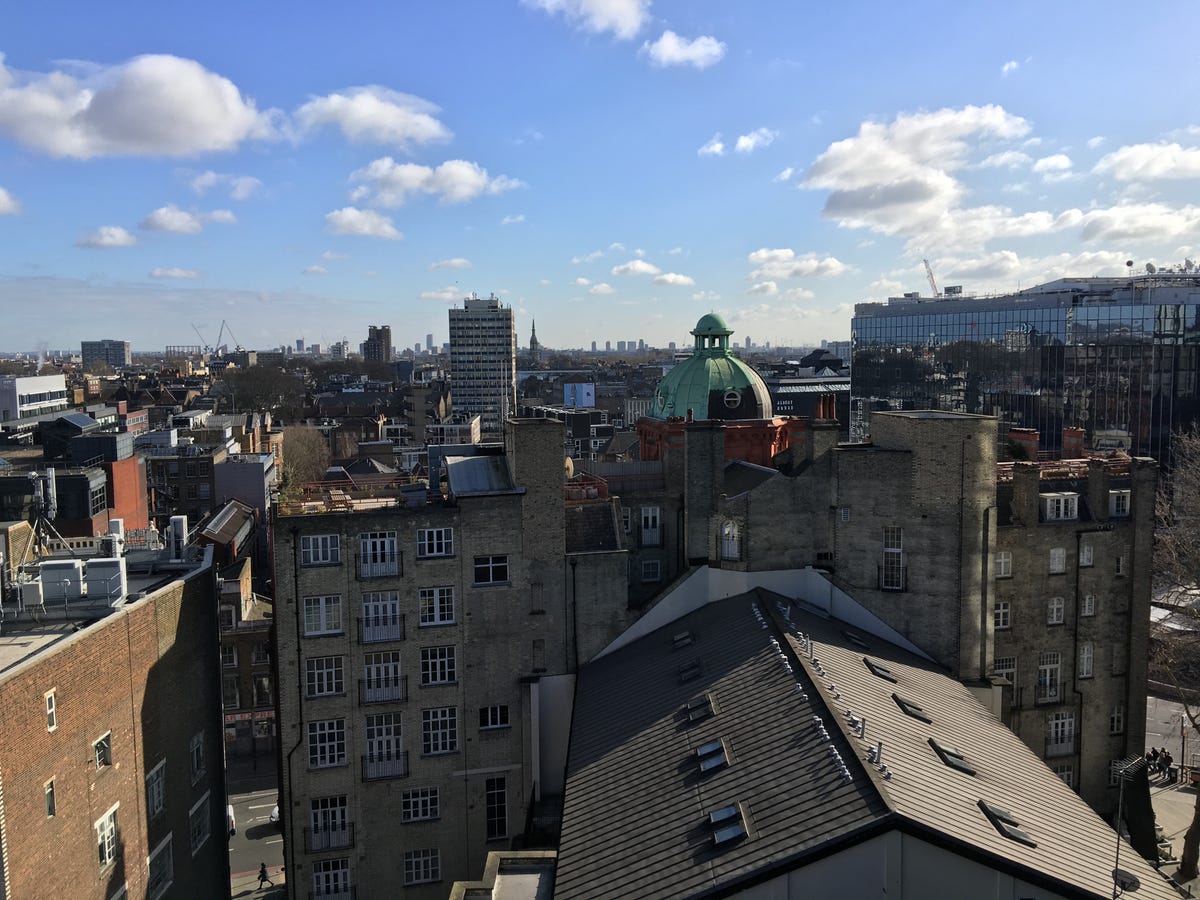
 Enlarge Image
Enlarge ImageiPhone 6S Plus camera comparison (click image to see full size)
Andrew Hoyle/CNET
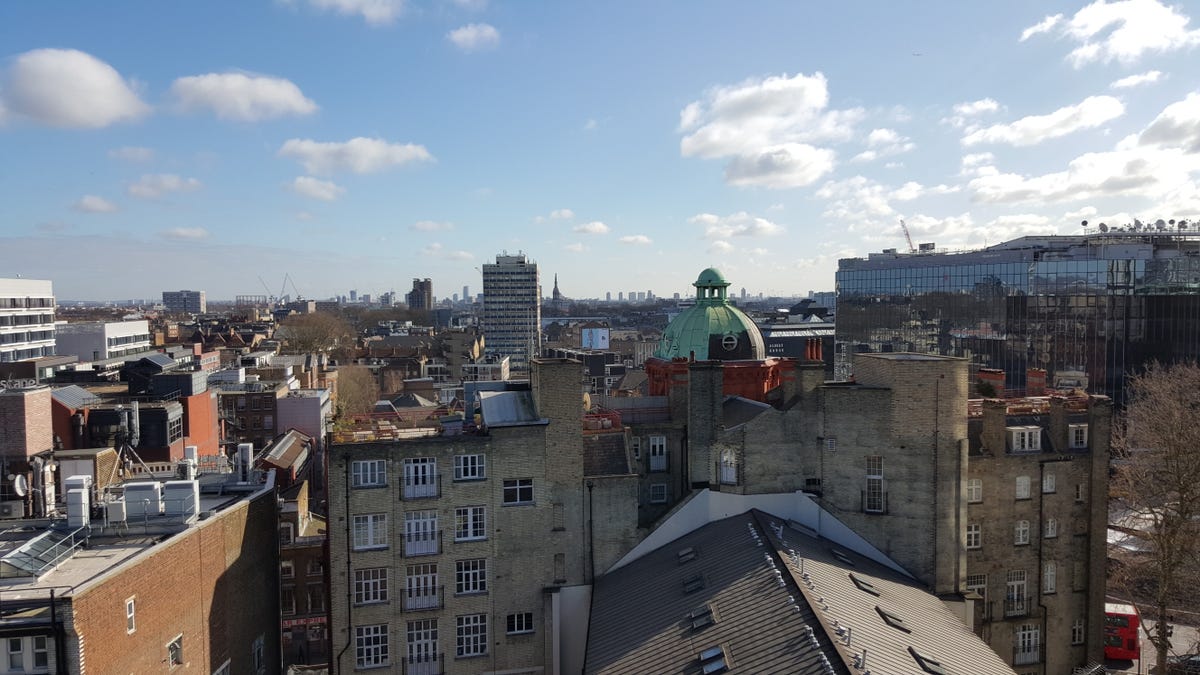
 Enlarge Image
Enlarge ImageSamsung Galaxy S6 camera comparison (click image to see full size)
Andrew Hoyle/CNET
HDR has again helped the three devices balance the bright blue sky with the shadows on the buildings below. The images are very similar, with natural-looking colours and tons of detail across all three. I marginally prefer the iPhone’s attempt as its HDR mode retained more contrast, producing a more realistic scene. This is again very different from the HDR results in the previous test.
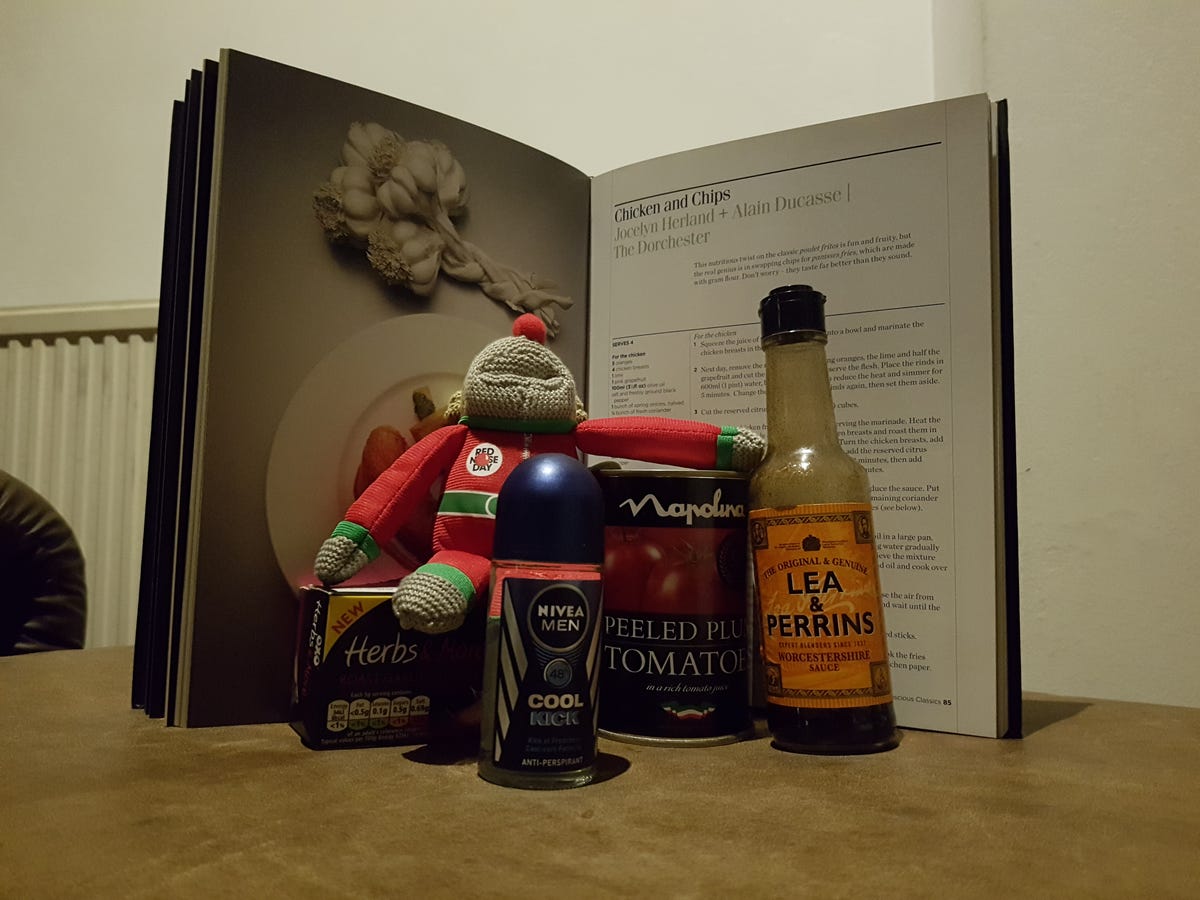
 Enlarge Image
Enlarge ImageSamsung Galaxy S7 low-light camera test (click image to see full size)
Andrew Hoyle/CNET
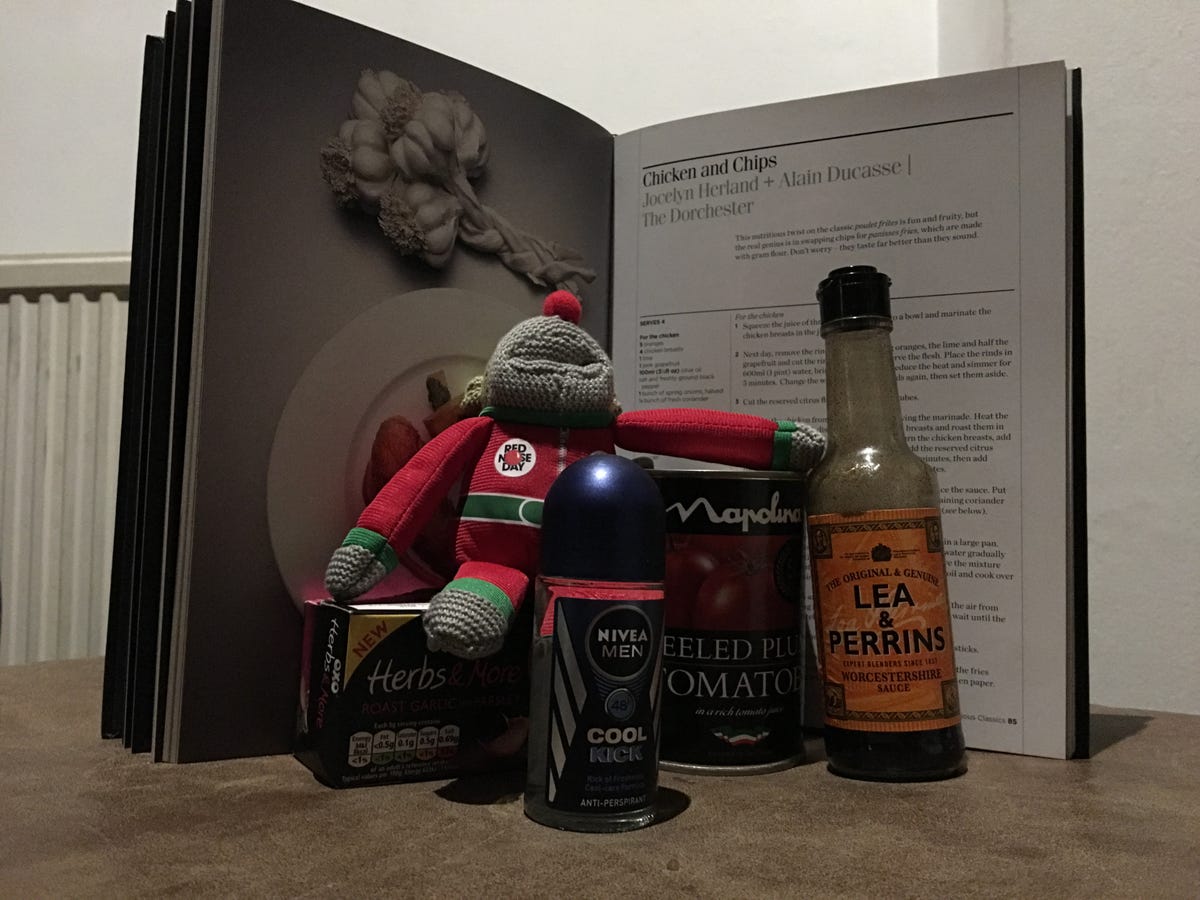
 Enlarge Image
Enlarge ImageiPhone 6S Plus low-light camera comparison (click image to see full size)
Andrew Hoyle/CNET

 Enlarge Image
Enlarge ImageSamsung Galaxy S6 low-light camera comparison (click image to see full size)
Andrew Hoyle/CNET
Low light is always a difficult for phone cameras, as their small image sensors can’t take in as much light as the larger sensors you’ll find on professional dSLRs. But with the S7’s larger pixels and brighter aperture, it’s well equipped to get good shots in dimly lit scenes.
Despite the S7’s lower resolution, it’s achieved a crisper shot than the Galaxy S6. The words on the books’s pages suffer from less image noise on the S7, which is particularly noticeable at full screen. Both Galaxy phones have used a very warm white balance, however, giving an unnatural yellow hue to the scene. The iPhone’s shot, while darker than the others, has more natural colours.
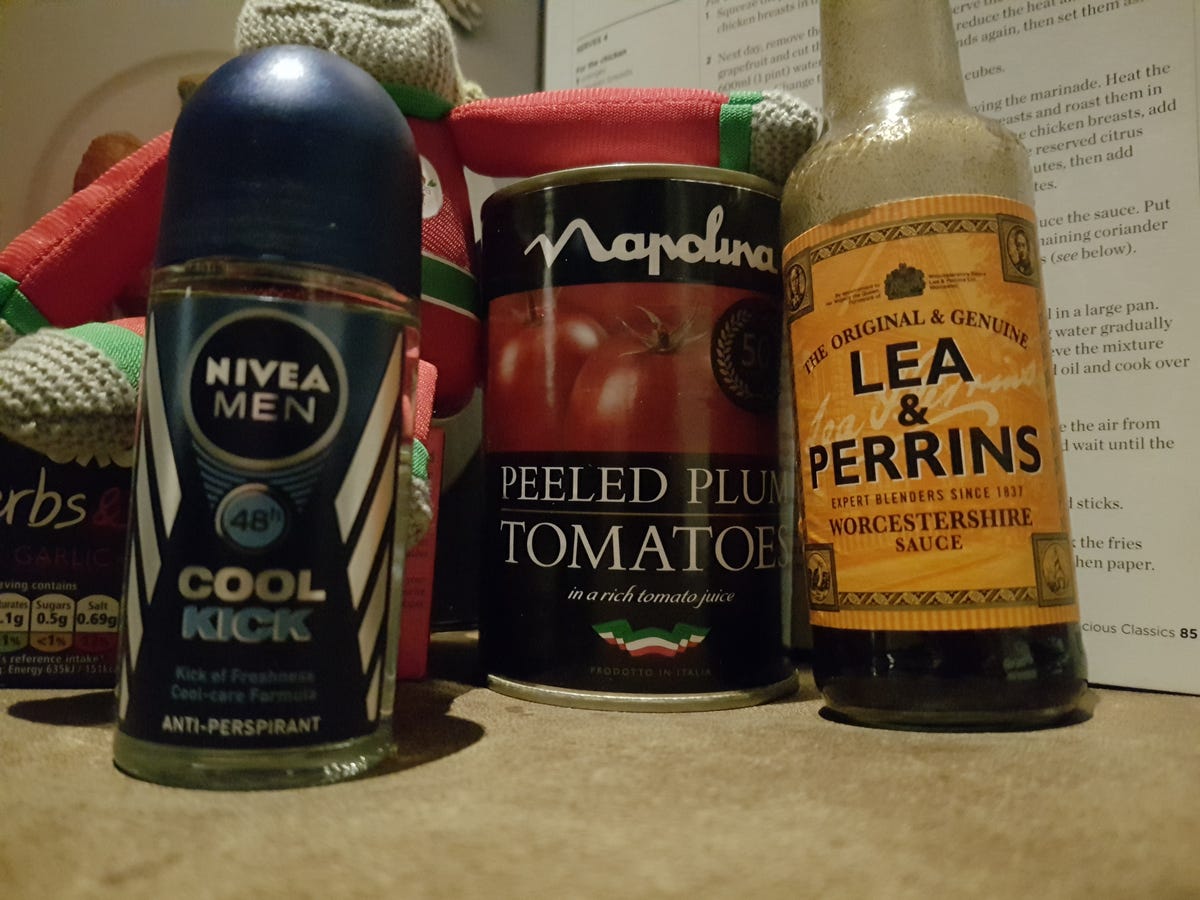
 Enlarge Image
Enlarge ImageSamsung Galaxy S7 low-light camera test (click image to see full size)
Andrew Hoyle/CNET

 Enlarge Image
Enlarge ImageiPhone 6S Plus low-light camera comparison (click image to see full size)
Andrew Hoyle/CNET

 Enlarge Image
Enlarge ImageSamsung Galaxy S6 low-light camera comparison (click image to see full size)
Andrew Hoyle/CNET
The S7’s shot is the brightest here, which is particularly noticeable on the tin of tomatoes in the centre — the white text is satisfyingly crisp. On the bottle of Lea & Perrins sauce to the right though, things aren’t as good. It’s bright, sure, but there’s much less detail. The iPhone’s shot has more clarity in this portion of the image.
It’s probably more useful to have a brighter image than an entirely crisp one — you’ll appreciate your shot of your pasta dinner being well lit more than having every single piece of farfalle in perfect focus.
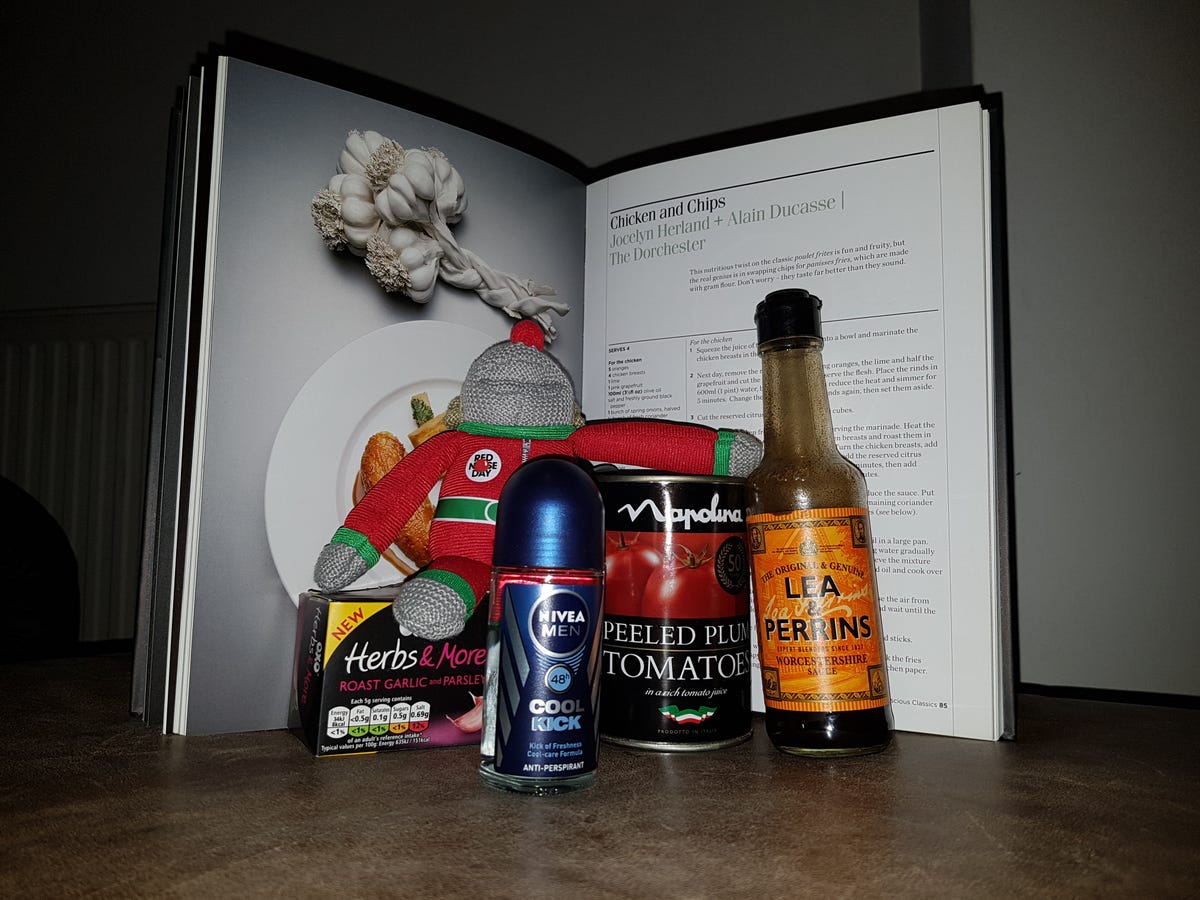
 Enlarge Image
Enlarge ImageSamsung Galaxy S7 low-light camera test with flash (click image to see full size)
Andrew Hoyle/CNET
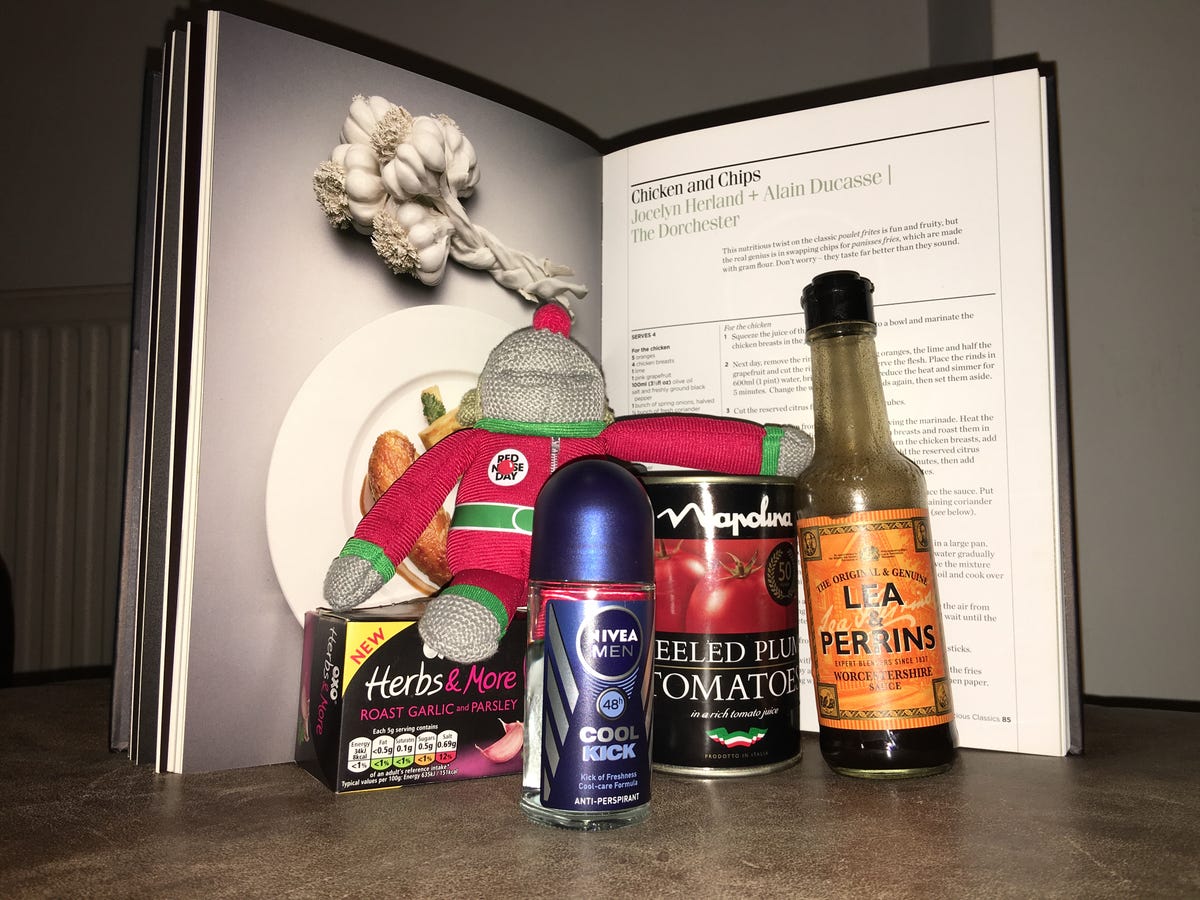
 Enlarge Image
Enlarge ImageiPhone 6S Plus low-light camera comparison with flash (click image to see full size)
Andrew Hoyle/CNET
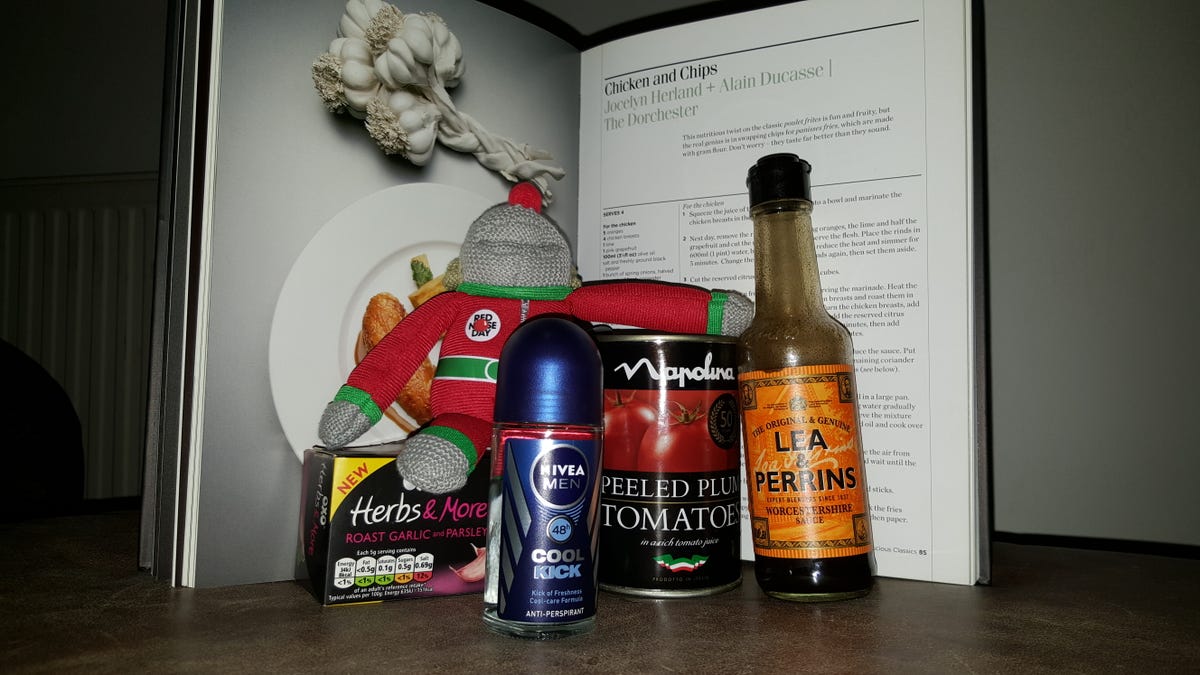
 Enlarge Image
Enlarge ImageSamsung Galaxy S6 low-light camera comparison with flash (click image to see full size)
Andrew Hoyle/CNET
Both the Galaxy S7 and S6 gave similar results with the flash switched on. The scenes are reasonably well lit, without being overpowering and there’s plenty of detail to zoom in on the fine lettering. The iPhone’s shot is different, with a warmer colour balance that I’m quite keen on. It’s a brighter shot, too, stopping just short of being unnaturally bright.
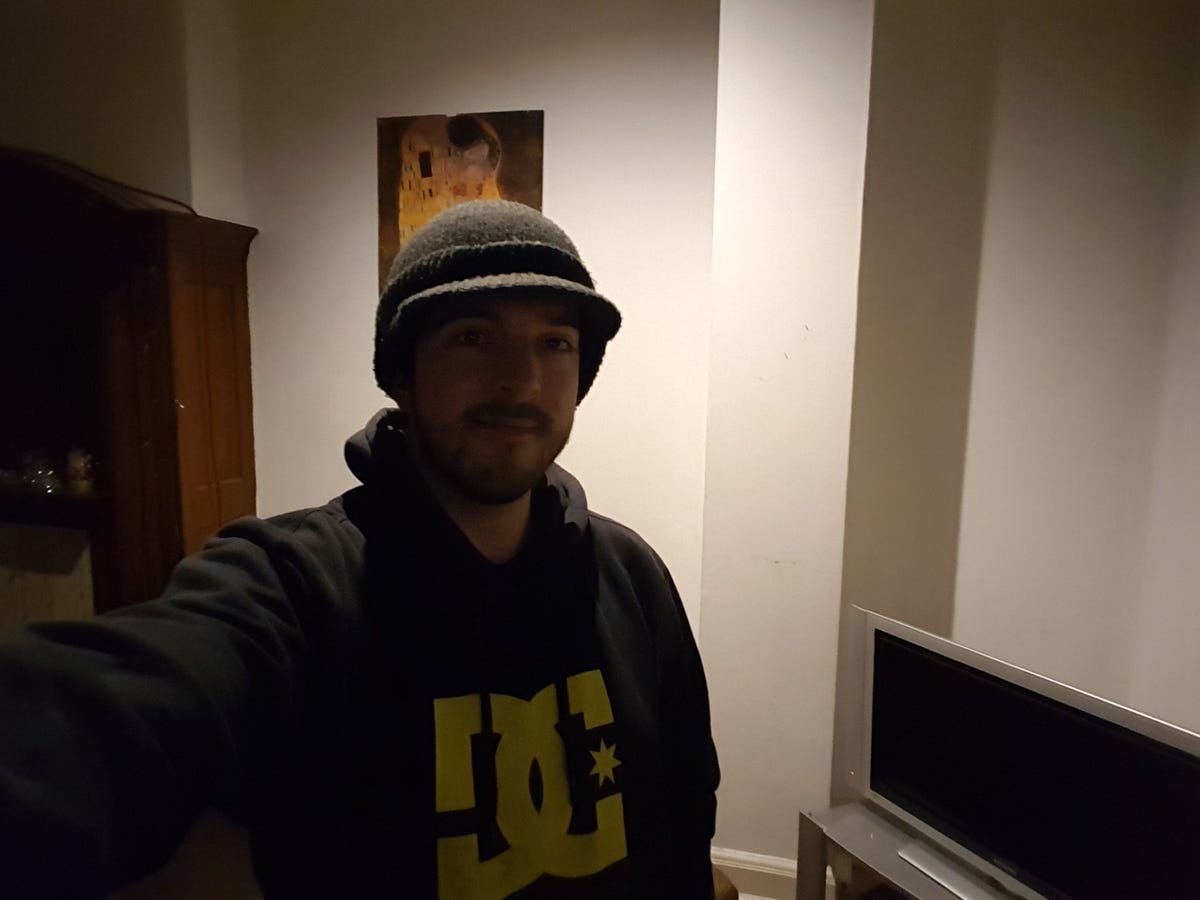
 Enlarge Image
Enlarge ImageSamsung Galaxy S7 front-facing camera test (click image to see full size)
Andrew Hoyle/CNET

 Enlarge Image
Enlarge ImageiPhone 6S Plus front-facing camera comparison (click image to see full size)
Andrew Hoyle/CNET
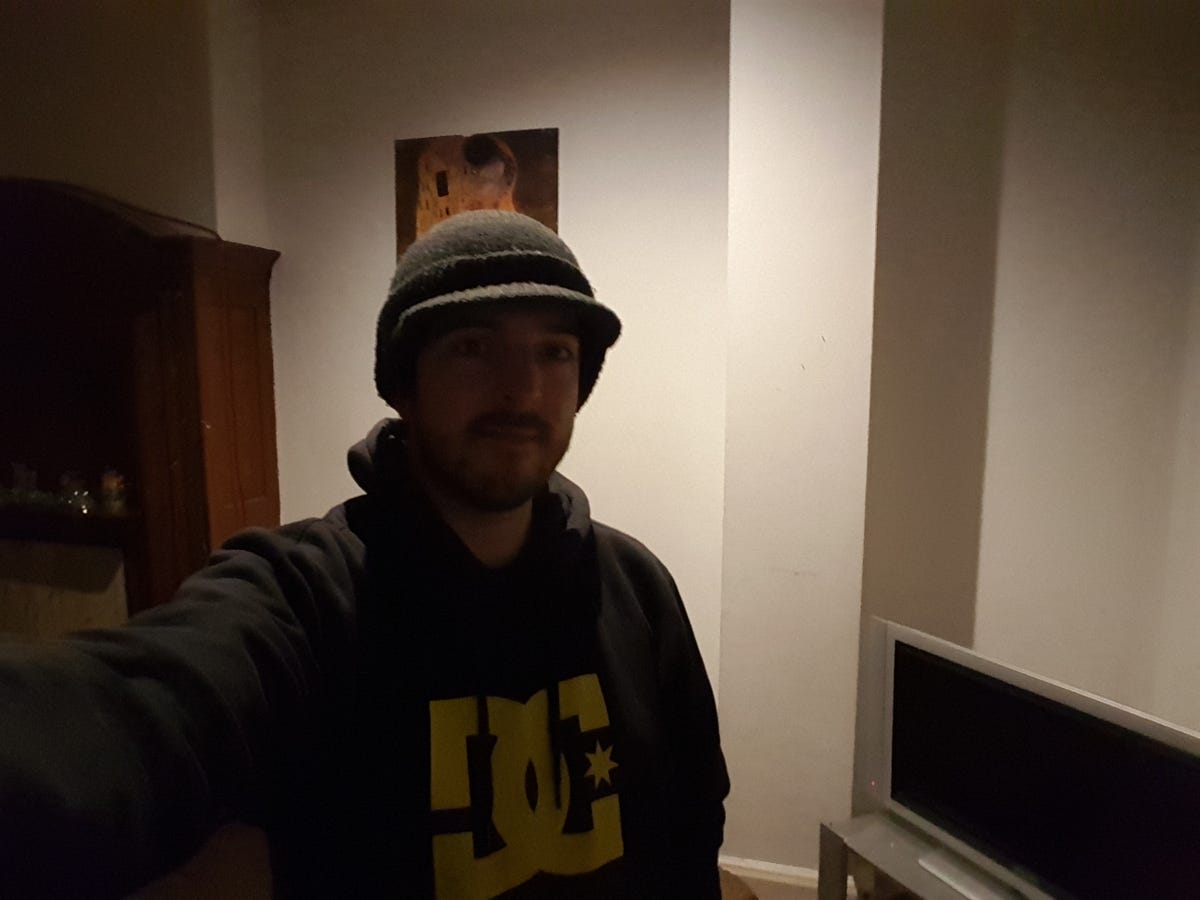
 Enlarge Image
Enlarge ImageSamsung Galaxy S6 front-facing camera comparison (click image to see full size)
Andrew Hoyle/CNET
All three phones were, let’s face it, pretty awful when it came to selfies in low-light situations. The scene is dark and while the iPhone managed to bring my face out a little more, it’s plagued with image noise.

 Enlarge Image
Enlarge ImageSamsung Galaxy S7 front-facing camera test with “flash” (click image to see full size)
Andrew Hoyle/CNET

 Enlarge Image
Enlarge ImageiPhone 6S Plus front-facing camera comparison with “flash” (click image to see full size)
Andrew Hoyle/CNET
The Galaxy S7 and iPhone have “flashes” — the screen itself pulses with a bright light — to light up your face (although not the S6, hence not including a photo from it here). The iPhone is the clear winner of the two, with its more natural colours. I don’t remember my face ever looking as purple as it did in the shot from the Galaxy S7.
Overall
The Galaxy S6 was one of our favourite phone cameras and the S7’s upgrades have cemented it firmly as one of the best mobile shooters around. It’s capable of taking some brilliant shots with even exposures and rich colours. It has the edge over the iPhone 6S Plus in my tests when it comes to high-contrast scenes, and its low-light skills help deliver brighter images when you’re gallivanting in dim bars.
The iPhone still put in a great performance and it takes the prize when it comes to selfies in poor lighting.
While it’s undeniably excellent, the S7’s camera isn’t such a big leap ahead of the S6 to justify an upgrade on its own. Nor is it so much better than the iPhone 6S Plus to warrant switching. Mix in the new water-resistant design and expandable storage to the great camera though, and you’re left with a phone that should absolutely be on your wishlist if you’re using an older handset.



